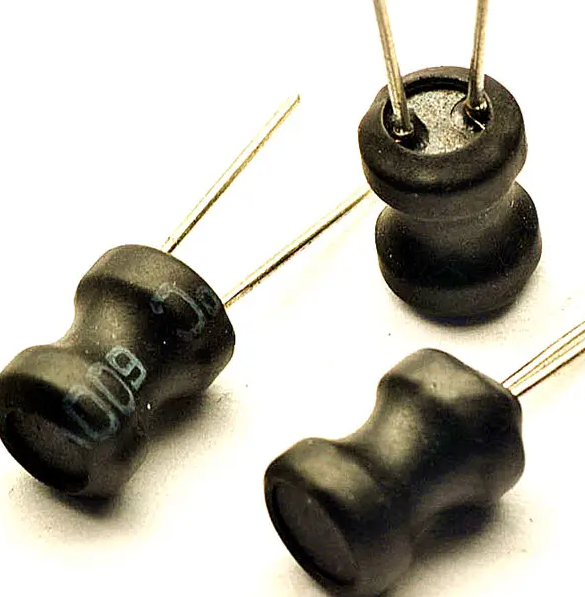Inductors, integral to electronic circuits, hold a pivotal position owing to their distinct characteristics and functionalities. While basic knowledge of inductors is common, a profound understanding of their traits and diverse circuit applications remains essential. This discussion focuses on the functional nuances of inductors and their critical influence in circuit design.
Firstly, an inductor's basic properties starkly contrast with a capacitor's. Inductors effectively block alternating current (AC) while facilitating direct current (DC) flow. When a DC signal traverses an inductor coil, it encounters minimal resistance, leading to a negligible resistance voltage drop. Conversely, an AC signal generates a self-induced electromotive force at the coil's ends, with a direction opposing the applied voltage, thereby impeding AC flow. This results in the inductor's coil impedance escalating with frequency increases.

In circuitry, inductors often collaborate with capacitors, giving rise to components like LC filters and LC oscillators. Leveraging inductor properties, devices such as choke coils, transformers, and relays are also crafted. The inductor's closed path to DC signifies smooth DC passage (assuming negligible coil resistance), whereas its inductive reactance blocks AC.
Inductors serve functions including filtering, oscillation, delay, and notch. They screen signals, filter noise, stabilize current, and combat electromagnetic interference. In an LC filter circuit, the synergy between inductors and capacitors is evident. Capacitors, blocking DC and passing AC, complement inductors, which do the opposite. Within such LC filters, the DC power carrying interference signals allows the AC interference to be converted into heat by the inductor and dissipated. This ensures a purer DC output. Additionally, an inductor's impedance impact on high-frequency signals aids in suppressing high-frequency interference.
